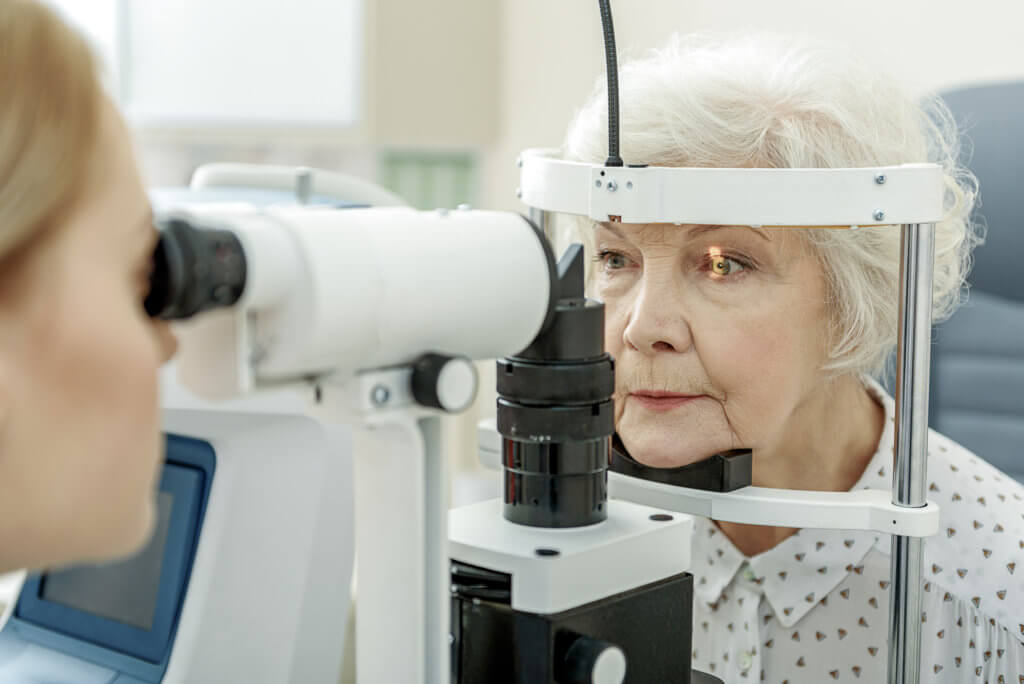BOSTON — New research suggests eyes may hold the key to early diagnosis of Alzheimer’s disease (AD) and brain injuries. Scientists at Boston Medical Center have discovered a correlation between biomarkers in the vitreous humor of the eye and confirmed cases of Alzheimer’s disease and Chronic Traumatic Encephalopathy (CTE). The study indicates these biomarkers could serve as early indicators of neurodegenerative diseases.
Dementia cases, including AD, continue to rise, with millions of Americans living with the condition. Currently, diagnoses are made based on symptoms and cognitive testing, but confirmation only comes through post-mortem brain examination. Detecting biomarkers before symptoms develop is crucial for early intervention.
Previous studies have shown a link between eye conditions like glaucoma and neurodegenerative diseases. Patients with eye diseases have a higher risk of developing AD, making the investigation of eye biomarkers essential for early diagnosis.

“To our knowledge, this is the first study to investigate the role of vitreous fluid biomarkers and link it to confirmed post-mortem brain tissue pathological examination of AD,” emphasizes Boston Medical Center ophthalmologist Dr. Manju Subramanian in a media release. “Our findings provide further evidence to support the potential role of vitreous biomarkers in early diagnosis and prognostication of diseases like AD and CTE.”
The study identified biomarkers, such as total Tau and neurofilament light-chain (NfL), which were linked to pathologically confirmed AD and CTE. These neurodegenerative proteins in the vitreous fluid reflect changes in the brain, supporting the eye’s potential role in disease diagnosis.
These findings build upon previous research that demonstrated a connection between biomarkers in vitreous fluid and cognitive function in both normal individuals and those with mild cognitive impairment. This study lays the foundation for future investigations into the use of eye fluid biomarkers for diagnosing and managing diseases like AD and CTE.
What is CTE?
Chronic Traumatic Encephalopathy is a neurodegenerative disease believed to result from repeated head injuries. It’s often associated with athletes who participate in high-impact sports like boxing, American football, hockey, and wrestling, as well as military veterans.
Symptoms of CTE may include behavioral changes, mood changes, and problems with thinking, which typically do not begin until years after the injuries. As the disease progresses, it can lead to problems with memory, executive function (planning, multitasking, controlling impulses), and other cognitive issues. Some individuals with CTE may also exhibit signs of motor dysfunction, such as parkinsonism, or problems with speech and swallowing.
Unfortunately, CTE can only be definitively diagnosed post-mortem (after death), via brain tissue analysis. Researchers are actively working on ways to diagnose it in living people, which could lead to earlier intervention and potentially new treatments.
The study is published in IOS Press.

